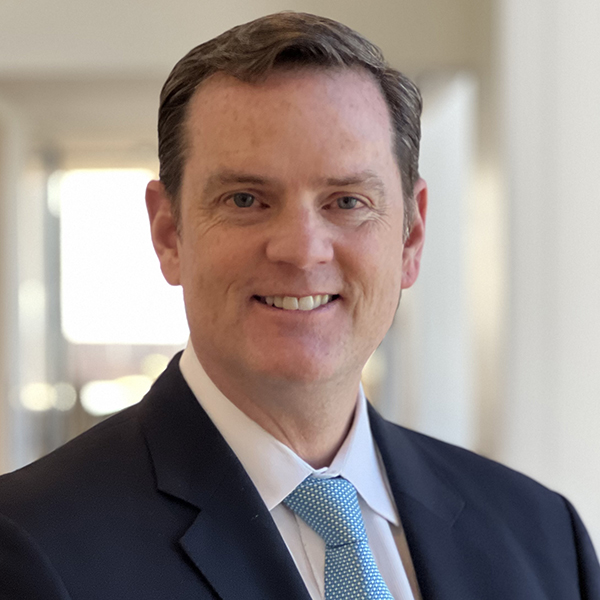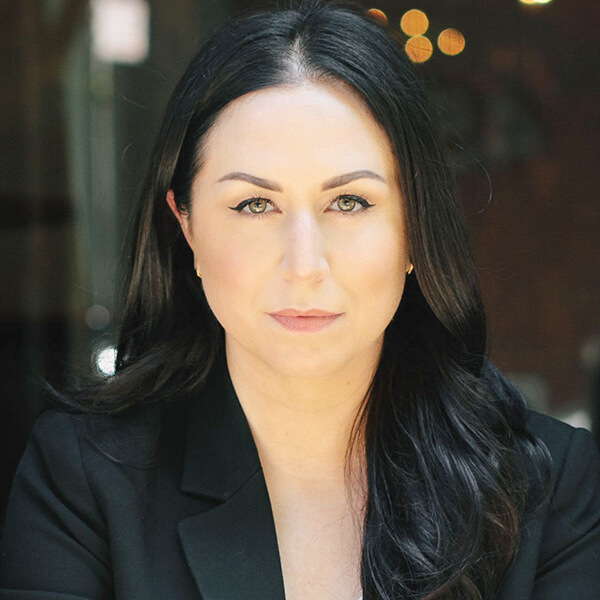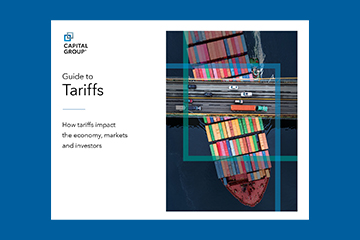The Night Watch team’s view is that the world has left the old order behind and recently entered the trade battlefront scenario, characterized by significant tariffs, technology export restrictions, and other protectionist measures that would accelerate economic decoupling and supply chain shifting. “This is the scenario of tough trade wars but not shooting wars,” Cooney explains. “Great powers like the U.S. and China clash in terms of technology and trade but have no wish for a military confrontation.”
If the world remains in a protracted trade struggle, economic growth will likely be more subdued going forward, and inflation could rise, Franz says. “If these tariffs are around long term, we are likely to see slower growth beyond 2025. On the other hand, if trade deals are struck relatively quickly, then a transition to the grand bargain scenario becomes more likely.”
How long will it take for a clear picture of the new global order to take shape? Given the complexity of trade negotiations and the vast number of trading partners, investors should not expect a speedy resolution, Cooney explains. “The world is in a transition state. It took years to build the post-war order, and it could be several years before a new geopolitical order stabilizes.”
“The Office of the U.S. Trade Representative (USTR) does not have the capacity to iron out detailed agreements with some 90 countries during the 90-day pause that ends in July,” Cooney says, adding that the USTR, with a relatively small staff, has limited bandwidth to tackle many complex deals quickly. “This could be a multiyear process, especially among our largest and most complex trading relationships with economies like China and Europe.”
To calm markets, the Trump administration will want to announce a series of deals as swiftly as possible. These could be mini deals, which fall short of a full free trade agreement. During the first Trump administration, mini deals were reached with Japan, China and Brazil. It also could extend the 90-day tariff pause, though uncertainty would remain elevated, and that could cause ongoing market volatility if each extension is accompanied by political brinksmanship.
“I do expect that the administration will look for some early deals with Japan and Korea, which would be easier to achieve,” Cooney says. “But renegotiating the U.S.-Mexico-Canada Agreement is complicated, and formal negotiations haven’t started yet, so that will take some time. Similarly, negotiations with the EU will take quite a bit longer. And the U.S.-China trade relationship, the core of this conflict, could take years and again only result in a partial trade conflict ‘ceasefire.’ Currently, there is no substantive government-to-government dialogue underway between China and the U.S.”
Lengthy negotiations could further weigh on markets and the economy. “The lack of certainty is one of the biggest problems here,” Cooney explains. “Companies will be reluctant to make long-term capital spending commitments without a firmer sense of the rules going forward.” Corporate spending could be depressed for an extended period.
Even after deals are struck, there is some risk that U.S. credibility as a partner and linchpin of global trade and security could be diminished over the longer term, as could the world’s view of the dollar as a reserve currency and the perceived safety of U.S. government debt, Cooney says.







